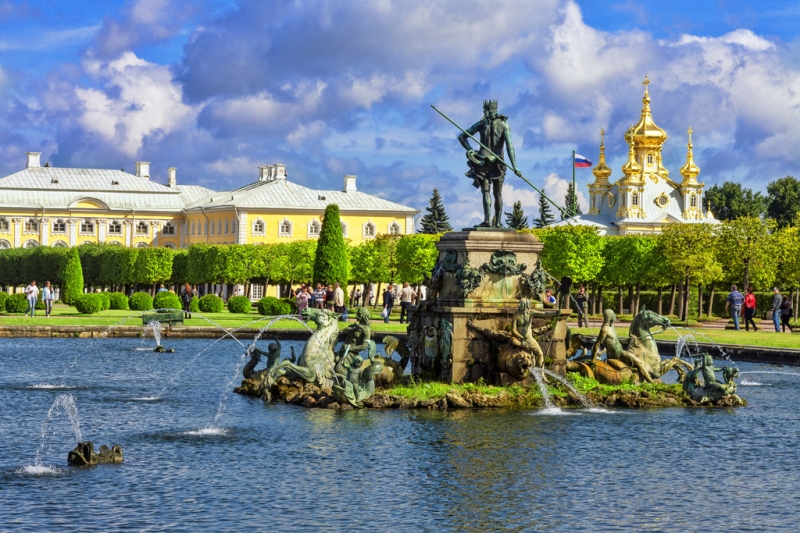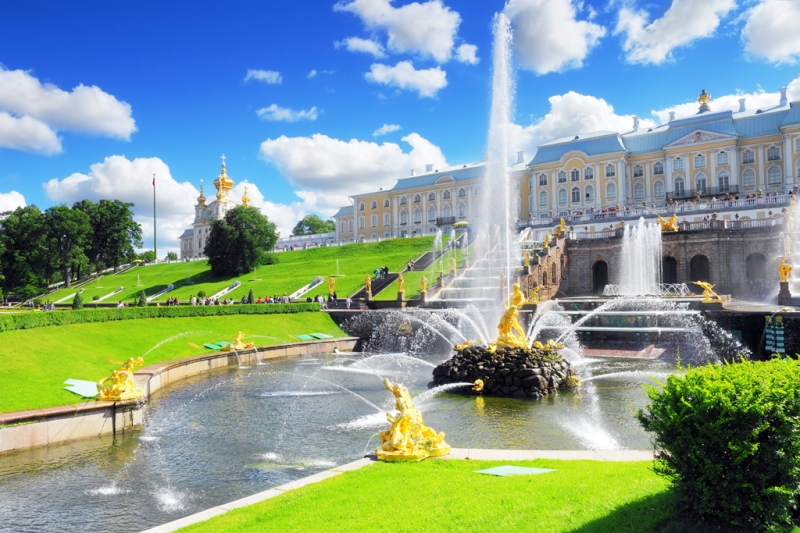
If, while walking through the Lower Park of Peterhof, you began to feel uplifted and a sense of growing patriotism, please do not worry and do not be shy about it. That’s how it was intended.

Conceived almost 300 years ago by Peter I. He wanted and built here, in cold Russia, on the sea coast, where mainly spruce and aspens grew, at the height of the Northern War, a park with palaces and fountains, which was able to surpass European models in majesty and beauty. According to the emperor’s idea, his Versailles should amaze the imagination, glorify the power of Russian weapons, instill respect for Russia among foreign guests and pride in the country among compatriots. And so it was! It is enough to refer to the numerous diary entries of travelers. And here’s what’s surprising – the genius of the place of Peterhof is so strong, and its matrix, if you like, was conceived so strong that today’s visitors to the park often experience almost the same range of feelings as the contemporaries of Peter I.

However, there is quite something to be proud of. Firstly, Peterhof is the only one among historical European residences located on the seashore, which is an organic part of its layout. Secondly, today it has perhaps the most extensive collection of historical fountains. And most importantly, these 200-300 year old fountains work! Every year from mid-May to mid-October, lunch every day, seven days a week. Neither the French Versailles, nor the English Hampton Court or the Dutch Het Loo can afford such luxury – because their fountains are powered by historical pumping systems. And Peterhof – thanks to its unique water supply system. Also historical, by the way. The fact is that the construction and maintenance of a pumping system was too expensive in the 18th century, and Peter I found another way to fulfill his dream. He built a gravity conduit, that is, he used the difference in elevation of the terrain.

The path of water to the fountains begins 20 kilometers south of Peterhof’s Lower Park – on the Ropshinskaya Hill. From there, the water goes down through several channels, accumulates in lakes and reservoirs, and then disappears into pipes that carry the water directly to the fountains. Thanks to the natural difference in height, the water in the fountains, without a single pump, under enormous hydrostatic pressure, flies upward on its own. Thus, the height of the jet of the main fountain – Samson tearing the lion’s mouth – is 20 meters. Without a single pump. There’s simply no need for them. From the 18th century until now. Don’t believe me? Take a tour of the Peterhof Grottoes.


